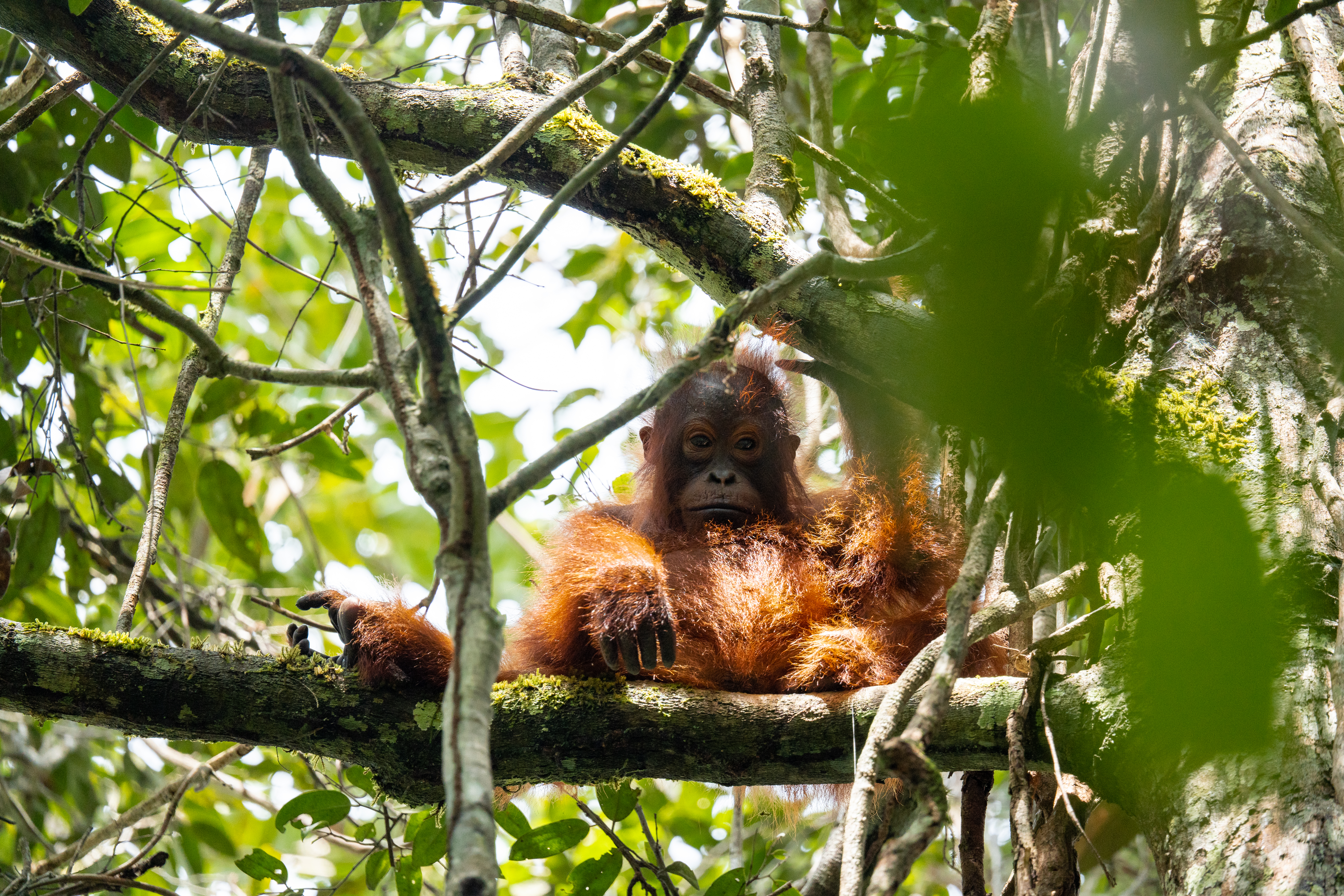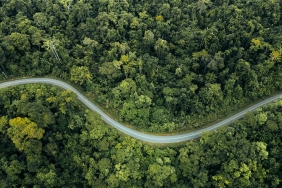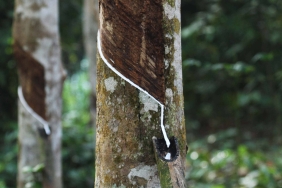THROUGH THE FOREST TO SURVEY BORNEAN ORANGUTANS
By: Borneo Orangutan Survey Team
The car carrying the Orangutan Kalimantan survey team traveled from Palangka Raya to the Takaras Village area. The vehicle then stopped at a palm oil plantation. Yes, there are several small-scale oil palm plantations in this area. We were escorted by a car guarding the oil palm plantation to the nearest point entering the forest.
The Bornean Orangutan Survey, which took place in the period December 2017-June 2018, was carried out by WWF-Indonesia in collaboration with several researchers from various fields of expertise, including plant experts, mammal experts, bird experts, flying insect experts, and orangutan experts. The completeness of this team supports researching the entire potential of animal and plant diversity, especially the presence of orangutans and their population numbers.
The team members who conducted the orangutan survey in the Sebangau National Park-TN Bukit Baka Bukit Raya (BBBR National Park) corridor were Rantawan (WWF-Indonesia), Abraham (WWF-Indonesia), Azim Ariadi (WWF-Indonesia), Davit Purwodesrantau (WWF-Indonesia), Jojon Surianata (WWF-Indonesia), Agus Salim (WWF-Indonesia), Agusti Randi (plant expert), Khaleb Yordan (bird expert), Taufik Mei Mulyana (mammal expert), Ismail (flying insect expert), Ari (MAPALA SYLVA), Agung (MAPALA SYLVA), Beni (MAPALA SYLVA), and the community around the location of the coordinate points.
[Read also: Survey of Bornean Orangutans in the Sebangau NP-TN Bukit Baka Bukit Raya Corridor Forest Area]
In the late afternoon, the team set up a temporary camp (flying camp) at the edge of the forest to rest. The next morning, the team continued their journey on foot through the red water peat swamp forest with some lowland forest areas and clear water conditions.
Conducting a survey in the wilderness is not an easy job. There are many challenges faced. On the way to the location of the survey point, the team faced the obstacle of damaged roads and inaccessible bridges. But the hard work and cooperation of team members can make these challenges passable.
For days, we could not encounter human roads because the team walked only through the wilderness, sometimes over hills and sometimes through swamps. Occasionally, we would also build rafts to cross rivers. When it gets close to 3:30 p.m., the team starts to set up a simple camp where they can rest and prepare their energy for the next day.
On the way, we also often encounter small-scale mining workers or better known as PETI (Mining Without Permit) in the forest. They stare and watch our team with suspicion because according to the story, they are often visited by journalists and also intel from the police, the average mining worker there is an illegal mining perpetrator.
Every morning, the team members' routine is to go to the transect points to collect data on the designated paths, both recording orangutans and other biodiversity. Once completed, the team returns to camp and rests to continue to the next temporary camp creation point with all equipment.
While heading to the transect points, the team often encountered animals such as orangutans, wild boars, squirrels, birds, bear tracks, deer tracks, rhino hornbills, and others. In addition, the team also often found traces of illegal mining, excavator tracks to clear mining areas, and newly surveyed oil palm company areas. There is still a lot of illegal logging activity in the area. This is evident from the many trails used to remove timber. Based on information from people who work at the mining site and the planned location for oil palm plantations, they often see orangutans in the area.
Finally, after conducting surveys for six months, the team successfully completed 22 observation transects out of 30 total planned transects. With these results, they can be analyzed using the Distance program and have a high level of confidence. The number of nests recorded in the observation transects was 170. The condition of the nests encountered during the survey varied, ranging from class 1 or fresh nests (9 nests), class 2 nests (10 nests), class 3 nests (63 nests) and class 4 or old nests (95 nests).
After analysis, it was found that the Sebangau NP-TNBBBR corridor has an orangutan density of 0.59 individuals/km² with a total orangutan population of 700 individuals. According to orangutan experts, this number of orangutans is very good for their future survival. Hopefully, the effort to create a corridor between Sebangau NP, which has a total orangutan population of 6,000, and Bukit Baka Bukit Raya NP will soon be realized, so that the survival of orangutans in these three orangutan habitats can be maintained.





